
The thrill of venturing into the vast ocean on a humble kayak is unmatched when it comes to fishing. Offshore kayak fishing combines the serenity of gliding on calm waters with the adrenaline rush of battling powerful fish in their natural habitat. This article delves into the captivating realm of offshore kayak fishing, exploring its intriguing history, benefits, and indispensable tips and tools that every enthusiast must know.

History of Offshore Kayak Fishing
Offshore kayak fishing isn’t a recent phenomenon; its roots date centuries. Early coastal communities relied on kayaks to navigate waters and secure their livelihoods through fishing. The Inuit people of the Arctic are believed to have been among the first to utilize kayaks for fishing, allowing them to reach distant fishing grounds that larger vessels couldn’t access. This ancient practice has become a beloved sport and pastime for thrill-seekers and fishing enthusiasts.
Fishing has been vital in pursuing leisure and sustenance in human history. From ancient times to modern days, fishing techniques have evolved significantly. Offshore kayak fishing has emerged as an exhilarating and rewarding way to connect with nature and the sea. This article explores the captivating history of offshore kayak fishing, focusing on the transition from using “Nets” for fishing to the adventurous spirit of kayak anglers.
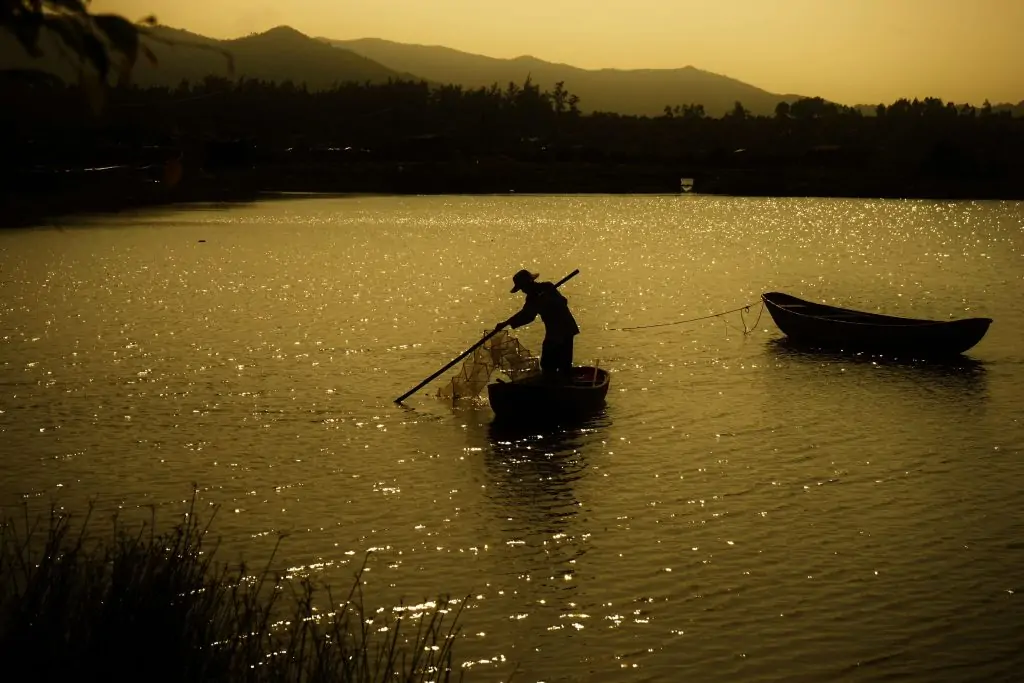
The Ancient Nets: A Tool for Survival
In the early days of humanity, fishing was primarily a means of survival. Ancient civilizations utilized various methods to catch fish, and one of the earliest techniques was using nets. Nets were ingeniously designed to trap fish, allowing communities to harvest an abundant food source from rivers, lakes, and shallow coastal waters.
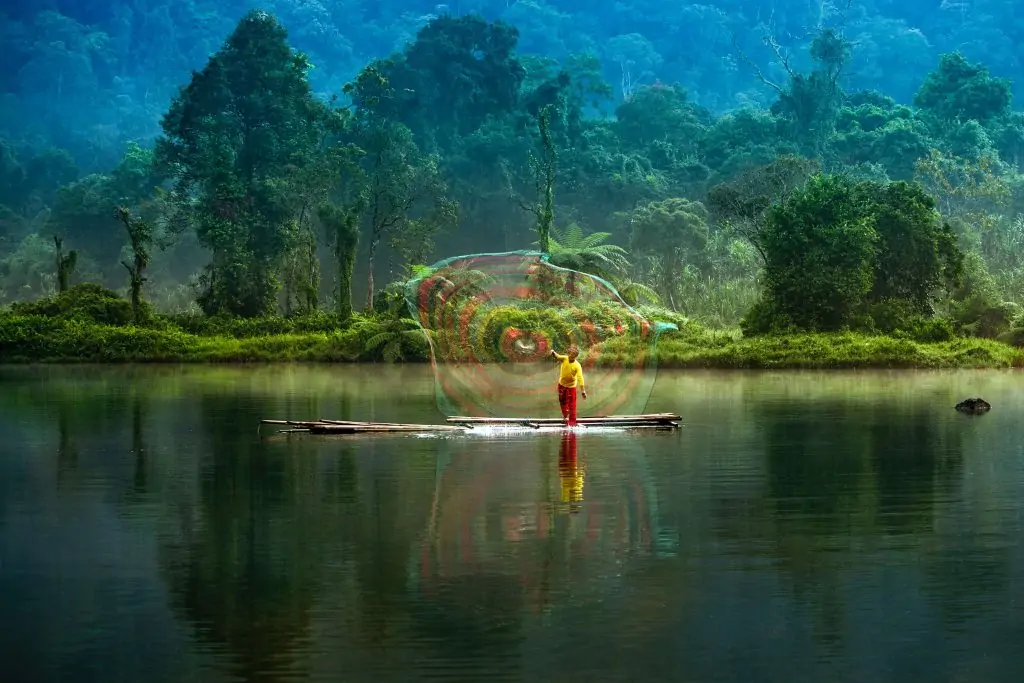
Benefits of Offshore Kayak Fishing
The allure of offshore kayak fishing lies in the numerous advantages it offers. Firstly, kayaks provide the following:
- Unparalleled mobility
- Enabling anglers to explore hidden coves
- Shallow reefs
- Secluded spots that big boats cannot reach
This opens up a world of fishing opportunities that would otherwise remain unexplored. Additionally, kayaks are eco-friendly and non-disruptive, allowing anglers to connect more intimately with nature and observe marine life up close without disturbing their natural habitats.
Types of Offshore Kayak Fishing
Offshore kayak fishing comes in various forms, each catering to different preferences and skill levels. Let’s explore some of the most popular types briefly:
- Trolling: A widely-used technique where anglers drag bait or lure behind the kayak, enticing predatory fish to strike.
- Bottom Fishing: Anglers drop their lines to the ocean floor, targeting bottom-dwelling species such as grouper and snapper.
- Jigging: This method uses metal jigs that mimic injured prey, attracting aggressive fish like tuna and amberjack.
- Sight Fishing: Armed with polarized sunglasses, anglers spot fish swimming near the surface and precisely cast their bait.
- Fly Fishing: A challenging yet rewarding style that involves casting lightweight flies to tempt fish like bonefish and tarpon.
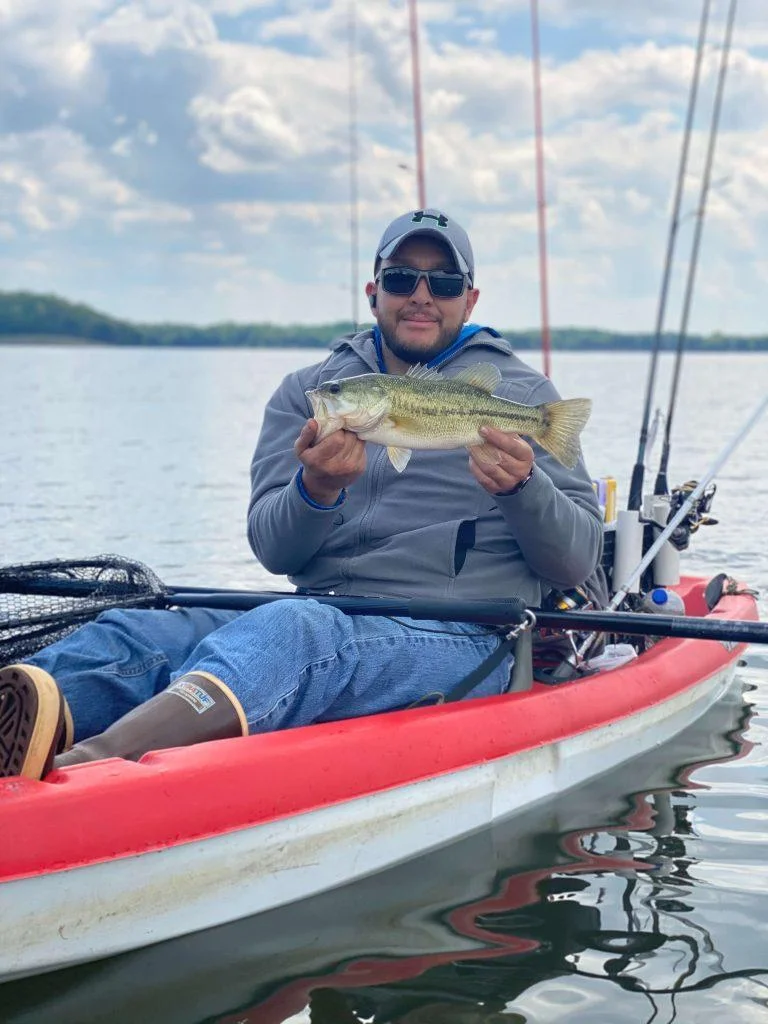
The Best Rod for Offshore Kayak Fishing
The right fishing rod is crucial for a successful offshore kayak fishing expedition. A medium to heavy-action rod with a length of around 6 to 7 feet is generally preferred, as it offers the strength needed to handle sizable catches while maintaining manoeuvrability in the confined space of a kayak.
Additionally, due to exposure to saltwater, opting for a rod made from corrosion-resistant materials is essential.
Basic Requirements for Offshore Kayak Fishing
Before embarking on an offshore kayak fishing adventure, it’s essential to be prepared. Some fundamental requirements include:
- Safety Gear: A well-fitted personal floatation device (PFD) is a must, along with a whistle, signal devices, and a first-aid kit.
- Navigation Tools: Carry a compass or GPS device to help you find your way back to shore and explore different fishing locations.
- Proper Clothing: Dress for the Weather, wear a wide-brimmed hat, and use sunscreen to protect yourself from the elements.
- Fishing Gear: Besides the fishing rod, pack essential tackle, bait, and a fishing net to secure your prized catch.
Essential Tips for Offshore Kayak Fishing
As you venture into the deep waters, keep these tips in mind to enhance your offshore kayak fishing experience:
- Be Weather Wise: Check weather forecasts beforehand and avoid venturing in rough or stormy conditions.
- Stay Hydrated: Bring plenty of water and stay hydrated, especially during warm days on the water.
- Practice Paddle Skills: Master efficient paddling techniques to conserve energy during long trips.
- Respect Marine Life: Practice catch-and-release and be a responsible steward of the ocean environment.
Modern Devices Used in Offshore Kayak Fishing
Technological advancements have introduced a range of gadgets to aid offshore kayak fishing enthusiasts. Some famous modern devices include:
- Fish Finders: These sonar devices help locate fish beneath the kayak, increasing the chances of a successful catch.
- GPS Fish Trackers: Integrated GPS systems enable anglers to mark productive spots and navigate precisely.
- Camera Mounts: Capture your fishing adventures with action camera mounts attached to the kayak.
- Stabilizers: Outriggers or stabilizer floats provide stability and prevent capsizing in rough waters.
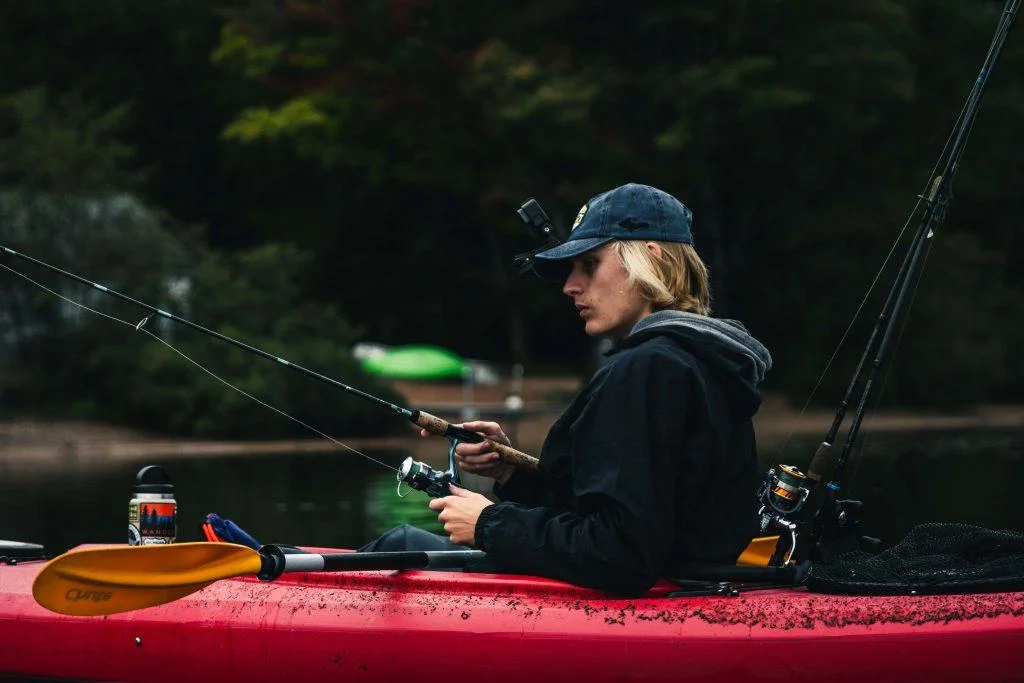
The Adventure and Connection with Nature
Offshore kayak fishing is not just about catching fish; it’s an adventure and a way to connect with nature intimately. Paddling through serene waters and witnessing breathtaking sunrises and sunsets provide a profound sense of peace and appreciation for the natural world.
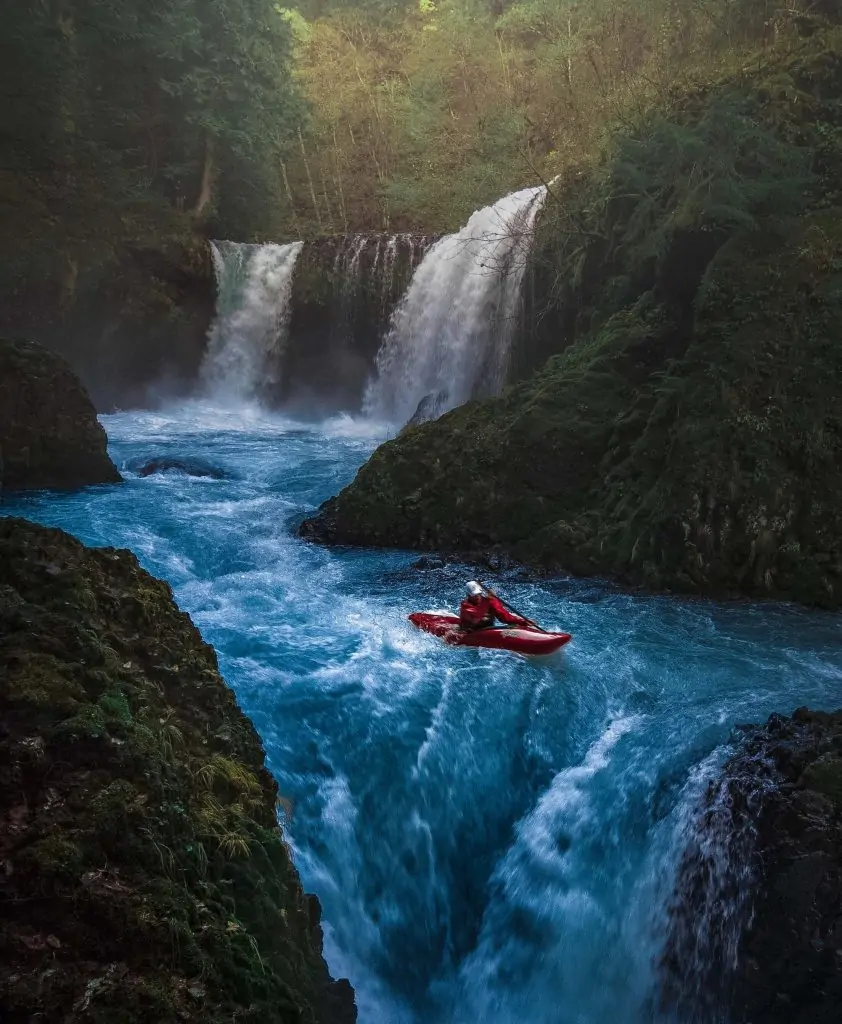
Conclusion:
Offshore kayak fishing is a thrilling fusion of nature’s beauty and the thrill of the catch. Whether you are a seasoned angler seeking new challenges or a nature lover looking for a unique way to explore the marine world, offshore kayak fishing offers an unforgettable experience. Remember to prioritize safety, respect the environment, and savour every moment on the water. So, gear up, paddle out, and embark on an unforgettable adventure into the heart of the ocean.
FAQs:
Q. What is the best time for offshore kayak fishing?
A. The best time is usually when fish are most active, in the early morning or late afternoon.
Q. Do I need any fishing experience to try offshore kayak fishing?
A. While some fishing experience is helpful, beginners can enjoy this activity with proper guidance and safety measures.
Q. Can I stand up in a fishing kayak for a better view?
A. Some kayaks are designed for standing but require practice and balance to do so safely.
Q. Are there any regulations I need to follow for offshore kayak fishing?
A. Awareness of fishing regulations and obtaining necessary permits before venturing out is crucial.
Q. Can I catch large fish from a kayak?
A. With the right equipment and techniques, kayak anglers have landed impressive catches like marlin and sailfish.
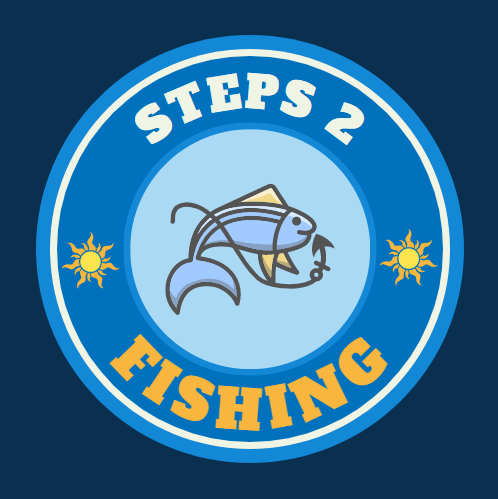

Leave a Reply